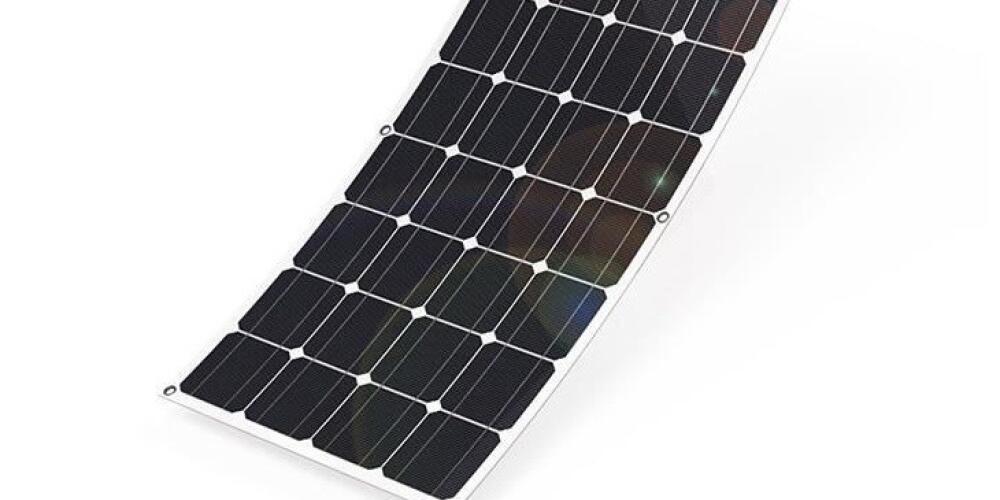
Solar cells are used to convert the energy of sunlight into electrical energy. This energy can be consumed immediately, it can be delivered to the electricity grid if it exists at the location, or it can be stored in batteries for later consumption. If there is no connection to the network, then the best solution to ensure constant consumption is to purchase more batteries.
But batteries cost, often more than the solar cells themselves, mostly because their lifespan is several times shorter than the lifespan of the solar cells themselves.
This problem could be partially solved by installing electrical capacitors in the solar cells themselves. In this way, solar cells would have two functions, energy production and energy storage.
Electric capacitors are devices that consist of two or more conductive plates separated by an electrical insulator, and when these plates are connected to opposite poles of the energy source, a certain amount of energy accumulates inside the plates. The amount of electricity is equal to the product of electric capacity and electric voltage. These devices have a very low internal resistance, and this energy can be discharged in a very short time. The amount of energy that can be stored on the capacitor increases with a larger surface area of the plates and with a decrease in the distance between the plates. Capacitors are usually made of thin aluminum foil and a thin insulator wound on a small roller.
Instead of being wound on a roller, the capacitor could be placed on the photocell itself as a new layer during manufacturing, and below the layers that convert solar energy into electricity. Thin aluminum foil is already used in some solar cells as a reflective surface that returns the sun's rays and thus increases the efficiency of energy use. A thin insulating layer and another aluminum foil should be added over this photocell. By connecting one foil to the plus pole and the other to the minus pole of the solar photocell, a capacitor would be obtained on the plate of the solar cell itself. By adding more layers of thin film, the capacity of this capacitor would increase significantly. Such embedded thin aluminum foils could also be incorporated into new types of flexible photocells that are still in the initial stages of development. They could also be incorporated into new highly efficient multi-layer cells in which each layer of the cell uses a different color of light for greater efficiency.
This addition of additional layers of aluminum foil would increase the production cost of the solar cell by a minimal amount. The thickness of the solar cell would also increase very little. But the need to purchase batteries could be significantly reduced. Because of this, the total investment in an independent electrical source could be reduced.
Such solar cells with built-in capacitors on the back would be very useful in all places where it is necessary to accumulate energy for later use, such as detached buildings without connection to the electrical grid, and on cars, ships, airplanes or space stations. They would be particularly useful where it is occasionally necessary to provide a large amount of electricity in a short time.
Tags
Featured articles